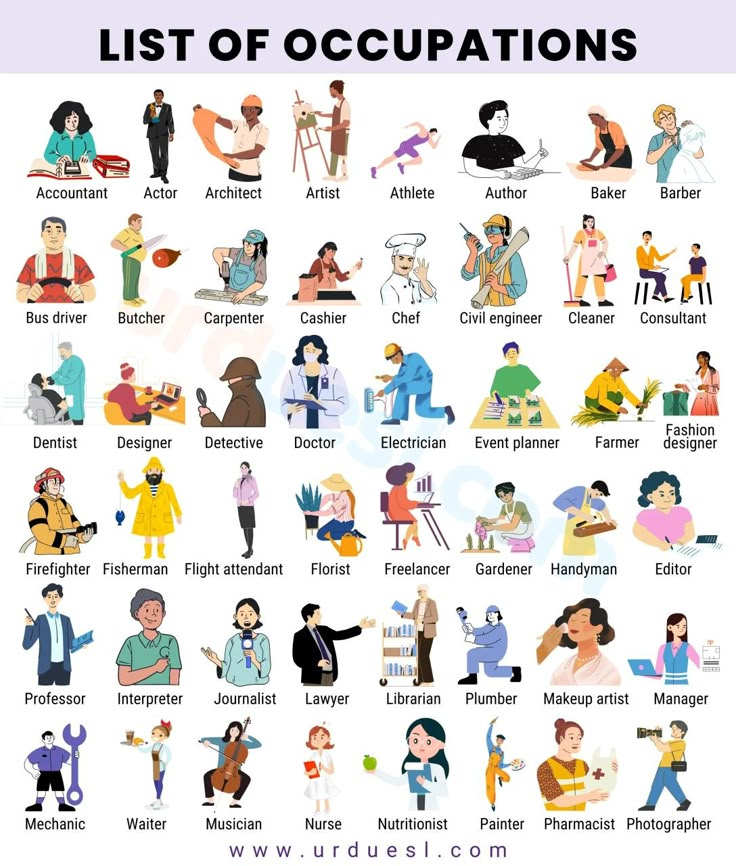How to Travel Full Time: Your Complete Step-by-Step Guide to a Life on the Road
Introduction: Embarking on a Life of Full-Time Travel
Traveling full time is a dream for many, but transforming it from fantasy to reality takes careful planning, adaptability, and resourcefulness. Whether you envision roaming the world solo, as a couple, or with your family, this comprehensive guide walks you through every stage of the process-from preparation and budgeting to earning income on the road and managing everyday logistics. Drawing from experienced travelers’ real-world lessons, you’ll find actionable advice to help you start and sustain a life of continuous adventure.
1. Defining Your Full-Time Travel Vision
Before you start packing, clarify your goals and expectations. Consider:
- The regions or countries you most want to explore
- Your preferred travel style (slow travel, fast-paced, budget, or luxury)
- How long you intend to travel (open-ended or fixed period)
- Whether you’ll travel solo, with a partner, or as a family
Spend time reflecting on your motivations and desired lifestyle. This clarity will inform your choices on destinations, pace, and how you’ll support yourself while traveling [3] .
2. Creating a Sustainable Travel Budget
Understanding your financial needs is essential. Begin by researching the average cost of living in your target destinations. Many full-time travelers reduce expenses by starting in budget-friendly countries, where it’s possible to live well for under $50 per day, such as Thailand, Vietnam, or Romania [5] . Your budget should include:
- Accommodation (hostels, guesthouses, house-sitting, or short-term rentals)
- Food and daily expenses
- Transportation (flights, buses, trains, rental vehicles)
- Health and travel insurance
- Emergency fund
Use a spreadsheet to track projected expenses and monitor your actual spending as you go [1] . Consider carrying both cash and cards, and research banking solutions that minimize foreign transaction fees [3] .
3. Funding Full-Time Travel: Income Strategies
Unless you have substantial savings or passive income, you’ll likely need to earn money while traveling. Popular options include:
- Remote Work: Many jobs can be done online, such as writing, programming, design, teaching languages, or customer service. Platforms like Upwork and FlexJobs feature remote-friendly roles. Confirm that these websites are accessible and reputable before applying.
- Freelancing: Offer your professional skills on verified platforms or pitch directly to clients.
- Seasonal or Local Work: In some countries, you may find work in hostels, bars, or on farms (such as through official WWOOF organizations). Always check visa requirements and local laws before accepting work abroad.
- Travel Blogging and Content Creation: While it can take time to build a following and generate income, some travelers eventually support themselves this way. Be aware that success in this area requires consistent effort and may not be immediate [5] .
For all income methods, ensure you have reliable internet access and research tax implications for your home country.
4. Planning and Logistics: Itinerary, Packing, and Documentation
Successful long-term travel hinges on smart planning and flexibility. Here’s how to prepare:
- Itinerary Planning: Start with a broad outline, then fill in details as you go. Use a spreadsheet or travel planning app to track countries, cities, and key activities. Research visa requirements and entry restrictions for each destination, as these can change frequently [1] .
- Packing: Choose versatile, durable clothing and high-quality luggage-many experienced travelers recommend backpacks like Osprey’s Aura or Aether for comfort and reliability [3] . Avoid overpacking; focus on essentials and items that serve multiple functions.
- Health and Insurance: Purchase comprehensive travel insurance that covers medical emergencies and evacuation. Compare providers and read reviews to find reputable options. Keep digital and hard copies of important documents, including your passport, visas, and insurance policy.
- Banking and Money Management: Set up accounts with banks that offer free international withdrawals or low fees. Carry a backup card, and notify your bank of your travel plans to avoid account freezes [3] .
5. Staying Safe and Healthy on the Road
Prioritize safety by researching each destination’s health and security landscape. Read reviews for accommodations and neighborhoods, and stay aware of local customs and potential risks. Share your travel plans with trusted friends or family, and consider daily check-ins using a smartphone or messaging app [4] . If traveling with children, research healthcare options and educational resources in advance.
Stay updated on current travel advisories by visiting official government websites. If COVID-19 or other health risks are a concern, monitor requirements for testing, vaccination, and quarantine. Carry a basic first aid kit and familiarize yourself with emergency services in each country.
6. Making Full-Time Travel Affordable: Tips and Strategies
Many full-time travelers keep costs low by:
- Choosing destinations with a low cost of living
- Preparing some meals instead of eating out
- Using public transportation or walking
- Staying in hostels, guesthouses, or through trusted house-sitting platforms
- Traveling slowly to benefit from lower long-term rental rates
Consider joining travel forums and communities to exchange tips and find deals. Some travelers recommend day tours as a way to reach new locations and learn about local culture without moving accommodations nightly [1] .
7. Managing Family, Work, and Education on the Move
If traveling as a family, research international schools, online learning platforms, or homeschooling resources to ensure your children’s education continues uninterrupted. Some families choose to travel during school breaks, while others adopt a full-time ‘world schooling’ approach [3] .
For remote workers, establish a dedicated workspace and maintain a routine as much as possible. Consider time zone differences when scheduling meetings or deadlines.
8. Overcoming Challenges and Staying Adaptable
Inevitably, full-time travel involves unexpected hurdles-missed buses, illness, or sudden changes in plans. The key is to remain flexible and view setbacks as learning experiences. Experienced travelers suggest keeping an open mind, embracing new opportunities, and building in extra time to your schedule [2] .
Regularly review your budget, travel goals, and well-being. If burnout sets in, slow your pace or take a break in one place. Stay connected with other travelers for support, advice, and inspiration.
9. Getting Started: Step-by-Step Action Plan
To begin your full-time travel journey:

Source: wallpapersafari.com
- Clarify your travel goals and decide on your initial destinations
- Assess your budget and create a realistic financial plan
- Research income options and secure remote work or freelance opportunities if needed
- Organize travel documents, visas, insurance, and banking
- Downsize belongings and pack for versatility and durability
- Book initial accommodations and transportation
- Stay informed on health and safety advisories for your destinations
- Connect with travel communities for ongoing support and resources
For up-to-date travel advisories and entry requirements, visit your government’s official travel website. To find remote work, search established job boards using keywords like “remote,” “freelance,” and your profession. For banking, contact your bank about international travel policies and research globally recognized banks with traveler-friendly accounts.

Source: travelwithdarshaaaaa.blogspot.com
References
- [1] Active Travel Adventures (2025). Travel Tips and Insights from a Year of Full Time Travel.
- [2] YouTube (2024). How To TRAVEL Full Time | An Easy Guide To Start NOW.
- [3] My Free Range Family (2024). World Travel Family – A How to Guide to Travelling Full-Time!
- [4] WorldTrips (2024). Travel Tips for Beginners.
- [5] Global Gallivanting (2024). How I Afford To Travel Full Time (& How You Can Too!).


